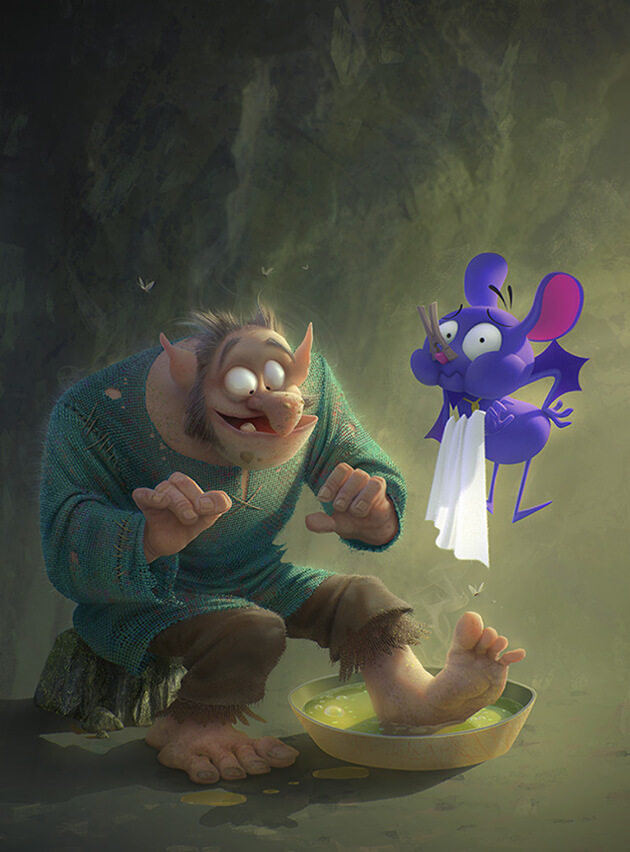Literacy is one of the specific areas of learning and development. Strong Literacy skills are essential for active participation in learning- across the whole curriculum.
As well as being its own subject, English is the vehicle in which other subjects are introduced, and in which interests are fostered and mastered. It has been highlighted as the most important subject in a child’s early learning journey.
But where is the line between school-learning territory and Early Years settings? This article unpicks Literacy at an Early Years level. So let’s dive into the invaluable tools of talk and storytelling as a medium for Literacy development for all.
The reading and writing of Standard English, alongside proficient language development, is the key to unlocking the rest of the academic curriculum.
Why is Literacy Important in the Early Years?
Language acquisition and reading interaction are essential to demonstrate a good level of development in all 7 Areas of Learning and Development. Research has shown the fluency and enjoyment of reading and listening to stories is a direct indicator for future success in further education, higher education, and employment. The importance of story time engagement is even more crucial in areas of deprivation and disadvantage, as reading has been highlighted as a means to lessen, or even eliminate, the impact of early life disadvantage.
Reading with others creates wonder, imagination and encourages curiosity play- all vital for cognitive, social, and personal development. Experiencing the new words heard through talk and story has a direct impact on the number of words a child hears by school starting age.
Seeing these stark figures highlights the disadvantages for those children who do not actively engage with reading, talking and story time at home. Think about your two-year-olds and three-year-olds in your nursery setting now. When they are experiencing their first days in school, making new friends and developing social connections- who will have the secure word acquisition to confidently join in with any conversation, and who will feel out of their depth?
Language Development in the Early Years?
There are 3 tiers of language interaction your children will experience:
Language development is separated into two key areas:
- Language Comprehension
- Development of Talking
Language Comprehension isn’t the reading itself; it is the way children make sense of the words, sentences, and tier 2 language they hear. When children interact in a multi-sensory and active manner, these words begin to make sense as this helps by tying the word to the meaning securely.
Development of talking is a direct predictor of later language progression, as shown above. By the time the children start school, they will vary in the number of words they have encountered and heard. Early vocabulary gains are critically important to their future development across all areas of learning and interaction.

How to Create a Language-rich Nursery Environment
Language-rich environments are where the adults engage with the children in back-and-forth discussions throughout the day, while thinking about the aspects of language they are purposefully developing. In good practice this is easy to do, but in outstanding provisions discussion opportunities are carefully created.
We have collated some Early Years language development back-and-forth interaction ideas to make sure you are fully leveraging every opportunity for them to progress:
- Thinking out loud and modelling new language
- Rephrasing and extending what children say
- Validating and celebrating attempts at using new vocabulary and rephrasing if necessary
- Asking a mixture of closed and open ended questions
- Explaining why things happen- before they ask!
- Trying to link past connections, ‘Do you remember when…?’
- Providing correct grammar when repeating
Why is Listening Important in Literacy?
For children to become compassionate, caring, and understanding they need to be taught how to nurture these skills. When to listen, what good listening looks like, and then recognition of when they try to show good listening skills are all essential nurturing methods. We have already covered the importance of hearing and interacting in Early Years. This crucial interaction is only possible through development of the ability to listen to others and absorb the rich language available to them.
Nursery settings are where a number of potential delays in development are picked up, often in the Early Years Foundation Stage Profile where the progress in relation to the Early Learning Goals can be compared to a ‘typically developing child.’ For children who have or are suspected to have Speech, Language and Communication Needs (SLCN), they require specific support and focus.
A reduced noise environment for reading and Literacy-based activities are beneficial to all children but especially those with SLCN. Think of trying to learn new words in a busy coffee shop with all the crashes and clatter. Picking up on excellent vocabulary from the table next to you becomes almost impossible.
How Can You Improve Your Listening Routines?
Consistency is key; decide as a nursery team the agreed signal for alerting children to listen:
Praise those who are making a real effort to show what good listening looks like. This can be modelled also by saying something like: “I’m really interested in what you have to tell me, so I’ll move us to the quieter area of the room so I can concentrate on you.”
Why Story Time is so Important in Developing Literacy Skills in the Early Years
Literature is probably the most powerful medium to make connections with others who are both similar and different to them. The choices of books, in order to be purposeful for your setting’s needs, must go beyond the engaging pictures or popularity of a text. To ensure you are developing all the necessary Literacy skills, alongside exposing children to the world around them, choose books that are different in terms of: ideas, thoughts, cultures, genres, authors, and formats.
It is often thought that story time must be focused around a book. This is common but not essential as the magic of the story relies on imagination and possibilities. The main aim of storytelling is to breathe life into the words, rather than simply to entertain. There are excellent online resources such as Pobble 365 or Onceuponapicture where an image can be the story stimulus. See where the conversation takes the story and even give the children ownership of the direction, by allowing them to harness their specific interests- this could get adventurous!

How to Choose a ‘Good’ Book for Early Years
There are simple questions to ask when choosing the selection of books with which to engage the children. The more the merrier!
Try auditing your current story time choices with these questions:
- Does the book show a representation of characters from different backgrounds and cultures?
- Are there feelings in response to the story? (To develop emotional development discussions)
- Does the book extend the children’s vocabulary? (This doesn’t just rely on the words on the page; it can be through discussion)
- Are the illustrations engaging and thought-provoking?
- Does the book help the children to connect to who they are?
- Does it help the children to understand the lives of others?

To help you further with your story telling and talking practices, we have created a short audit for your setting as a starting point to creating a purposeful, language-rich environment for all your children.
Audit of your Language, Listening and Story Telling Practice
- Is your curriculum tailored around expanding vocabulary in all the 7 Areas of Learning and Development?
- Do you have agreed routines for back-and-forth interactions?
- Are there consistent routines in place for developing listening skills?
- Are additional speech and language needs taken into consideration with the working noise level?
- Is daily (minimum) story time a priority, ensuring additional small groups for SLCN and disadvantaged children?
- Are all staff members aware what a ‘good’ reading book choice is?
- Are stories re-read with vocabulary depth encouraged?
- Does your setting offer quiet learning/ reading corners or areas?
Subscribe to receive expert advice and tips from seasoned professionals in the early years sector.